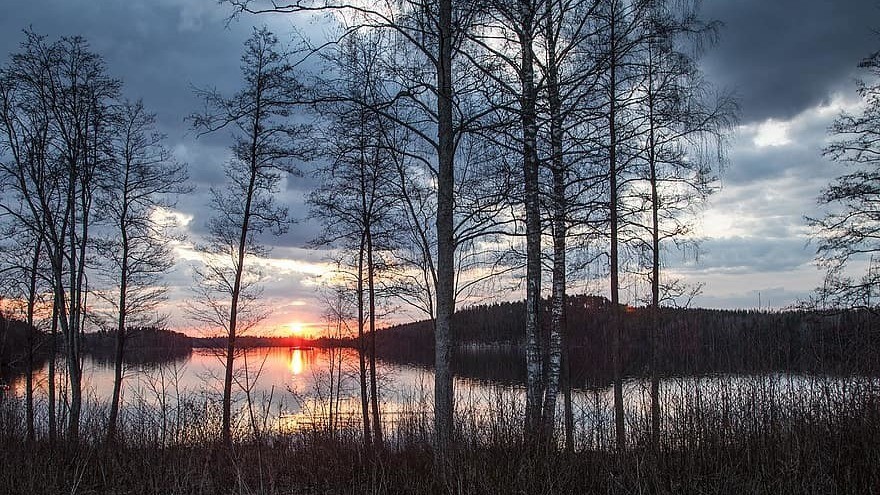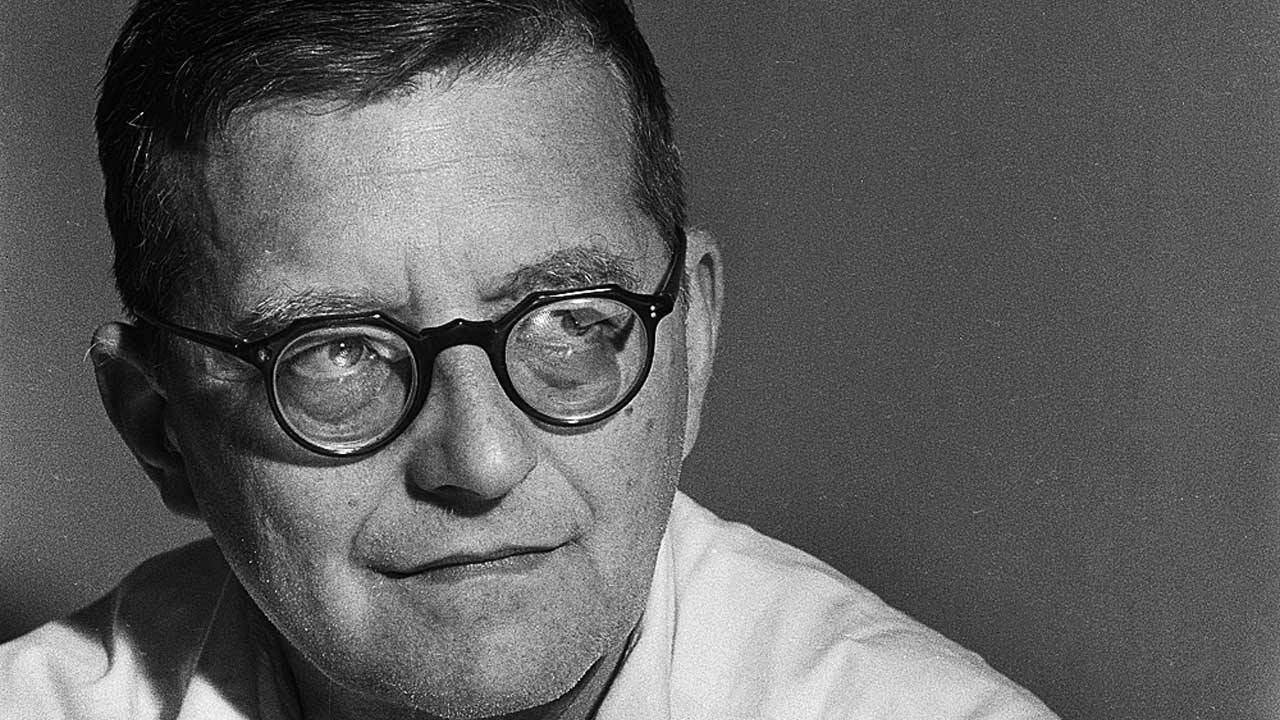Hovhaness’ Symphony No. 6, “Celestial Gate”: Entering a New Dimension
Alan Hovhaness’ Symphony No. 6, “Celestial Gate” is modest by some measures. The work, composed in 1959, is scored for a chamber orchestra. It unfolds in a single movement which lasts just over twenty minutes. Yet once we move beyond this finite formal “container,” we enter a musical space which feels infinitely vast and timeless. Perhaps this is the serene, mystical, and ambient world on the other side of the “Celestial Gate” of …







